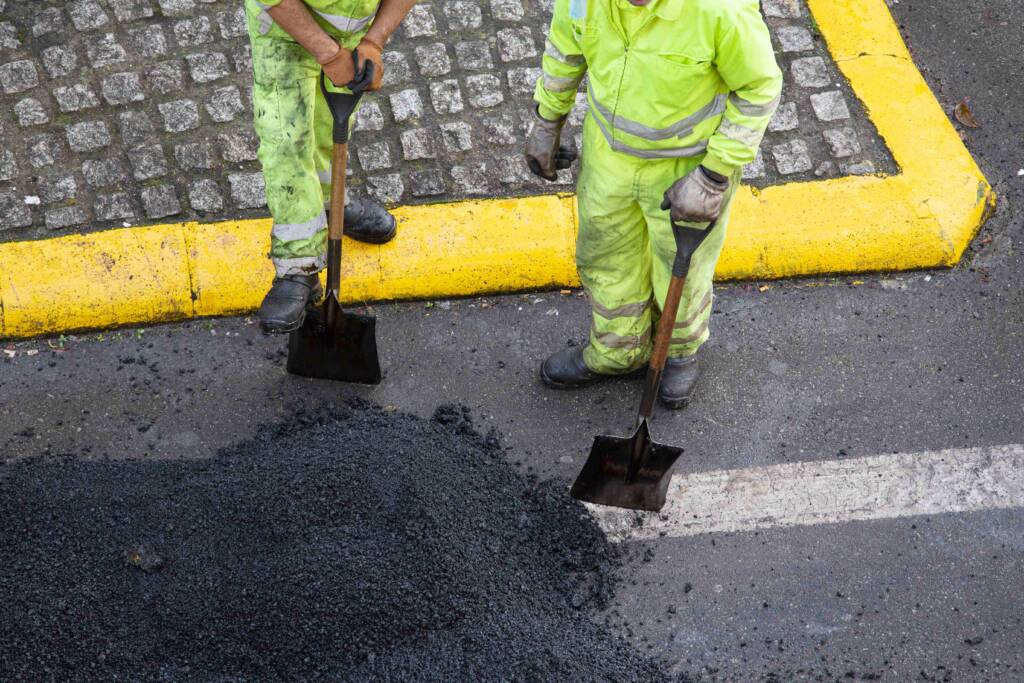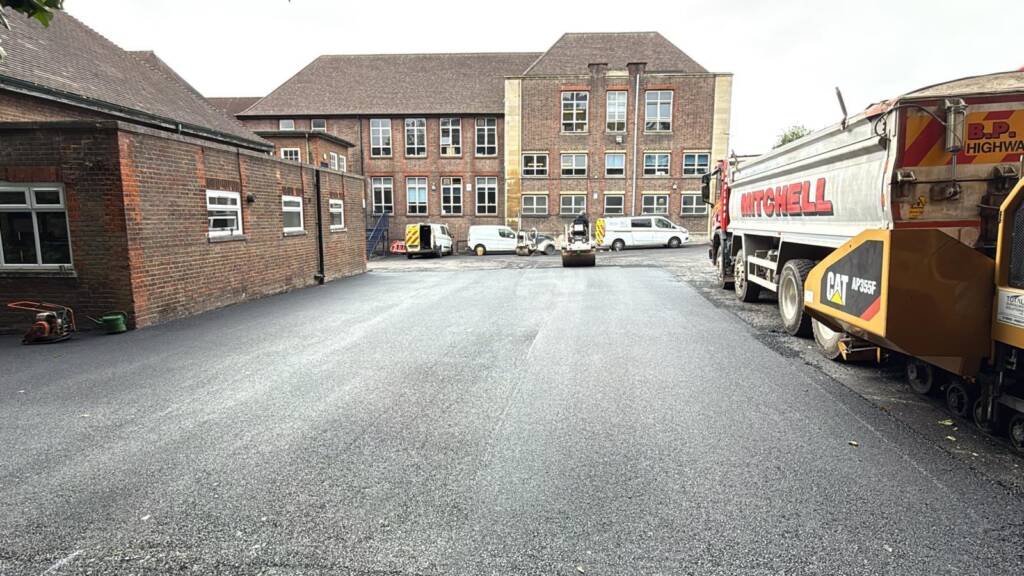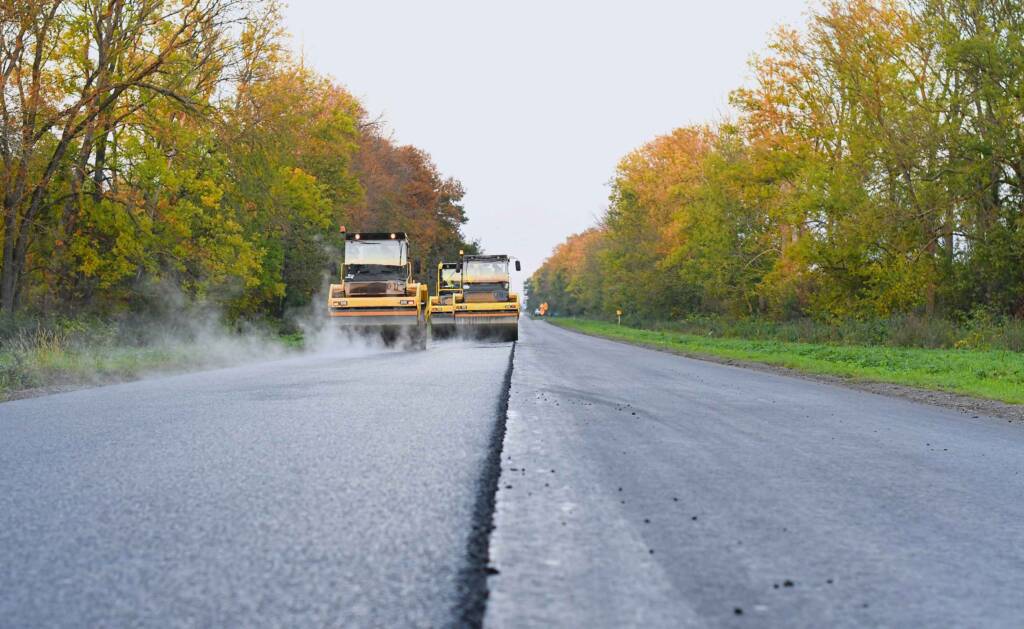Commercial & Residential Road Surfacing
At Total Surfacing, we specialise in expert commercial surfacing across Hertfordshire and expert residential surfacing across Hertfordshire, offering tailored solutions for both large-scale commercial projects and private residential properties. With decades of hands-on experience and a reputation built on reliability and results, we provide comprehensive tarmac installation in Hertfordshire that combines durability, functionality, and visual appeal.
From new build developments and car park tarmac services in Hertfordshire, to private roads and tarmac driveway Hertfordshire installations, we’re trusted by businesses, local authorities, and homeowners alike. Our skilled team handles the full scope of work – from excavation and ground preparation to the final roll – using premium-grade materials and state-of-the-art machinery to deliver a superior finish every time.
Expert Commercial Surfacing
Our commercial tarmac contractors in Hertfordshire are fully equipped to manage a wide range of commercial surfacing needs. Whether you’re overseeing a retail park, warehouse, school, industrial estate, or public access road, we understand that every site comes with its own set of logistical challenges and requirements.
Total Surfacing approaches every commercial project with a structured, efficient plan to ensure minimal disruption to daily operations. We operate to tight deadlines without compromising quality, using modern equipment that enables us to lay large areas of tarmac quickly and effectively. Our team has the knowledge and capability to advise on design, drainage, kerb lines, and load-bearing requirements, ensuring your surfaces are compliant, practical, and built to withstand heavy usage over time.
As leading commercial tarmac contractors in Hertfordshire, we also offer flexible scheduling, including weekend and evening work, to help you avoid unnecessary downtime. Our services are fully insured and carried out in accordance with all UK health and safety standards.



Expert Residential Surfacing
Our expert residential surfacing across Hertfordshire is perfect for homeowners looking to enhance kerb appeal and long-term property value. Whether you want to create a new tarmac driveway in Hertfordshire or update an existing one, our friendly team is here to help you every step of the way.
We understand that your driveway or private road is more than just a practical necessity – it’s an important feature of your home. That’s why we offer personalised consultations to discuss layout, colour options, edging styles, and finishing touches, ensuring the final result suits your property’s style and your individual needs.
We also install tarmac pathways in Hertfordshire, perfect for garden paths, patio access, and connecting different areas of your outdoor space. These are designed with aesthetics and longevity in mind, adding both functionality and style to your property.
Tarmac Surfacing Hertfordshire – Built on Strong Foundations
Every successful tarmac surfacing Hertfordshire project begins with proper site preparation. At Total Surfacing, we never cut corners. Our process starts with a thorough assessment of the area to identify any underlying issues such as poor drainage, soft ground, or uneven levels. We then prepare the site by installing compacted sub-base layers, geotextile membranes (if required), and strong edge restraints to create a stable foundation.
This attention to groundwork ensures your new surface remains structurally sound for years to come, preventing issues such as cracking, potholes, water pooling, or displacement.
Whether it’s a commercial forecourt, car park tarmac services in Hertfordshire, or a domestic driveway, our process remains consistent and meticulous. Our team has the experience to adapt our approach to suit various terrains, traffic loads, and weather conditions.
Premium-Grade Materials & Advanced Equipment
We believe that quality materials make all the difference. That’s why we only use trusted, certified suppliers for our tarmac surfacing Hertfordshire services. Our surfacing materials are designed for high durability, resistance to wear and tear, and long-lasting colour and texture retention.
To complement our premium materials, we use modern equipment capable of precise laying and compaction. This includes paving machines, rollers, graders, and infrared heaters, which allow for seamless joins and consistently smooth finishes. This blend of traditional craftsmanship and innovative technology sets our work apart.
Whether you need a heavy-duty surface for a lorry yard or a sleek finish for a home driveway, we tailor the mix and method to your specific use case, ensuring the highest standards of performance and appearance.

Complete Tarmac Installation in Hertfordshire
At Total Surfacing, we handle every aspect of your tarmac installation in Hertfordshire. This includes:
- Initial consultation and site assessment
- Excavation and groundworks
- Drainage planning and installation
- Sub-base installation
- Tarmac laying and compaction
- Edging, kerbing, and surface finishing
- Aftercare advice and optional maintenance
This comprehensive service ensures that you receive a finished surface that not only looks good but performs exceptionally under all weather and traffic conditions.
Why Choose Total Surfacing?
Choosing the right contractor is key to a successful surfacing project. Here’s why customers across Hertfordshire continue to choose us:
- Local expertise: We’re proud to serve businesses and homeowners across Hertfordshire and surrounding areas with a deep understanding of local conditions and planning regulations.
- Transparent pricing: We provide clear, itemised quotes with no hidden costs.
- Skilled professionals: Our team is fully trained and experienced in all aspects of tarmac surfacing.
- Customer-focused: From start to finish, we prioritise clear communication, flexibility, and reliability.
- Sustainable practices: We minimise waste and recycle materials wherever possible, ensuring our services are as eco-friendly as they are effective.
Ongoing Maintenance & Repairs
Beyond installation, we also offer ongoing maintenance and repair services. Over time, even the best surfaces may require touch-ups due to weathering, wear, or accidental damage. We provide:
- Crack sealing and joint repairs
- Surface patching and pothole filling
- Full resurfacing
- Line marking for commercial and public spaces
These services help extend the lifespan of your tarmac surface and ensure it remains safe and visually appealing year after year.
If you’re looking for commercial tarmac contractors in Hertfordshire, or need tarmac driveway Hertfordshire solutions tailored to your home, contact Total Surfacing today for a free, no-obligation quote. Whether it’s a simple tarmac pathway in Hertfordshire or a full-scale car park tarmac service, we have the expertise and equipment to get the job done to the highest standards.
